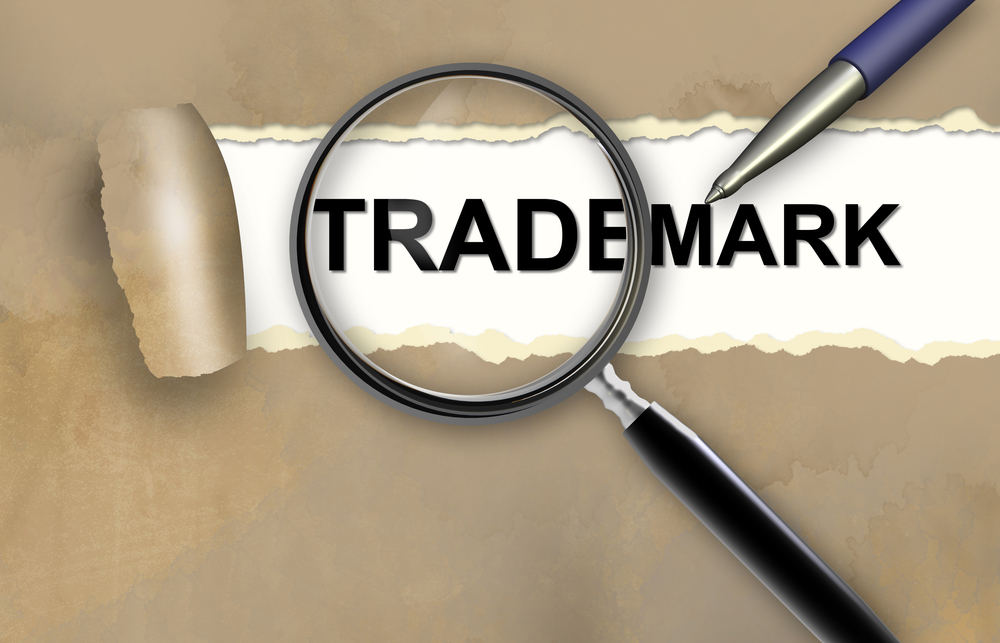{3:00 minutes to read} There are three typical legal mistakes businesses make when naming their company, a product, or a service offering:
1. The name is already taken.
Generally, a name can’t be registered as a trademark if there’s an existing registered trademark that is “confusingly similar” to the proposed trademark. Determining the likelihood of confusion involves a multifactor test that takes into consideration such things as:
•The visual similarities between the marks;
•The similarities between the goods or services being offered;
•The channels of trade; and
•The sophistication of the consumers.
This analysis is conducted based only on the information contained in the trademark filings. The trademark office typically won’t consider how the trademarks are actually used in the marketplace.
This is why a trademark availability search is an important first step in the naming process.
2. The name is not distinctive enough for protection.
To be registrable, generally, names must be distinctive relative to the goods or services being offered. If a name describes a major feature or identifies exactly what the product or service does, the trademark office will reject the trademark application. Common words, such as Apple, are registrable so long as those words don’t immediately describe the nature of the Apple products or services. Some examples of distinctive marks are:
•Kodak is very distinctive and is entitled to very broad protection.
•Apple for software is a strong trademark, but not as strong as Kodak. Apple doesn’t describe the products or services that are being offered, so is still considered “distinctive.” But it’s an actual word so it’s less distinctive than Kodak.
George Eastman said that there were three principal concepts he used in creating the Kodak name: it should be short, easy to pronounce, and not resemble any other name or be associated with anything else. A trademark attorney’s dream client.
Here are some examples of name changes that resulted in much stronger trademark protection:
•Zipcar, which is a fairly distinctive mark, was initially called US Car Share. Not distinctive.
•Xbox was originally called the Microsoft Action Experience, which is a mouthful. It is somewhat distinctive, but still a mouthful.
•TaskRabbit was originally called Run My Errand. Also not very distinctive. TaskRabbit is a much stronger mark.
3. Not protecting the name.
Having a trademark registration puts others on notice of your trademark rights, and acts as a deterrent for businesses who are considering adopting the name or something similar. It also provides peace of mind around your continued use of a name.
Some triggering events for a trademark filing are:
•Forming a new company;
•Raising capital — investors want to feel secure in the company name and branding;
•Licensing deals — you’ll have to provide representations and warranties around your ownership rights in a trademark before you can license it out to others;
•A new product or service offering;
•A company rebrand; and
•Potential Merger and Acquisition (M&A) activity — buyers want to feel secure about the assets that they’re purchasing.
If you or someone you know would like more information on naming and trademark rights, please give us a call.
Kelly Weiner
Trademark Counsel
Law Office of Kelly Weiner PLLC
175 Varick Street, Fl 6
New York, New York 10014
(E) info@kellyweinerlaw.com
(P) 212.360.2307



